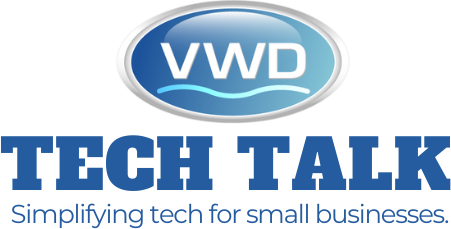Customers want something that gives them value from the brands they buy from. Building a community is one way to do that. A thriving community can help you solve customer issues, reduce your customer support costs and improve your products. Find out what steps to take to launch your community.
What is Community Building?
Community building gives you the opportunity to get your customers behind the purpose and value of your company. A community can also bring your business to life by providing a platform for people to interact and share their ideas, experiences, and expertise.
Come With Clear Vision and Voice
To establish your community, you’ll need to create a clear vision and voice. When your community is authentic and transparent, you’ll be able to engage with your audience. This will help to build trust and increase your customer retention rates.
Determine who your target audience is and decide where they hang out online. For example, if your ideal customer is young and active on TikTok, you should start a community there to connect with them.
In the early days of community development, it’s important to be present and actively welcome new members. You’ll also want to choose ambassadors and moderators to manage daily community administration, lead webinars, and answer questions. It’s common for small and mid-market businesses to hire a community manager to handle these duties.
You should also establish rough standards for membership. Having some rules will help to promote consistency and unity among your community members. Moreover, it will make them feel like they belong and are important to the group. Lastly, it’s also important to encourage members to share their experiences and feelings. This will foster a sense of empathy and foster meaningful conversations.
Ask for Feedback
There are many considerations when it comes to building a community. You need to decide whether it will be a community of customers or prospects and then decide where to house the community online (for example, do you want to host it on your website, or would TikTok be the better option for your audience?)
Once you’ve established where and how to build your community, it’s time to start thinking about who exactly you want to join. To do this, you’ll need to take a close look at your Ideal Client Profile and ask yourself, “where does my audience hang out?” Once you know this, it’s easier to create content that will appeal to them and build trust.
Then, when it’s time to engage with your community, make sure you’re asking for feedback. This is one of the most important things you can do. Not only will it show that you care, but it’ll also help you improve your products and services and build brand loyalty.
When you’re asking for feedback, remember to set SMART goals. This means that your goals should be specific, measurable, realistic, and time-bound. This will help you track your progress and determine what needs to be done in order to meet your objectives.
Ask for Referrals
Rather than waiting for your customers to randomly refer you, ask them when the time is right. For example, when a client is ecstatic about the work they’ve done together and is ready to share their success with others, make it clear that they should reach out to you. This makes it much more likely that they’ll follow through and refer you.
A community is a perfect place to encourage customer referrals because it allows your customers to talk about the work you’ve done for them and give you positive feedback. Getting your customers to advocate for you is a great way to increase your brand’s reach and visibility.
It’s also important to keep in touch with your clients after the sale. This is why many companies create a customer-facing forum where they can post questions and comments, get support, and connect with other people who are interested in the product or service.
A branded community can be used by any type of business, from a B2B software company to an eCommerce store or online course creator. You can host on a community platform like Venice Web Design, which has a range of tools to help you segment your community audience, encourage engagement, gather feedback from members, co-create content, and measure community-led growth.
Listen to Your Customers
If you want to continuously engage your loyal customers with your business then start listening to them. Customers are vocal about what they want and what they don’t like, and a well-run community makes it easy for them to share their feedback with your company.
Having a specific channel for customer feedback allows you to identify the most common problems your customers have, and you can address those issues and offer solutions before they become bigger problems in the future.
Whether they are sharing their excitement over the product or describing a problem with it, a community gives your customers an outlet for their thoughts and emotions. It is important to be present during these conversations and to listen intently, especially when a customer is unhappy. Providing timely follow-up shows that you value your customer’s opinions and are committed to improving the customer experience.
Creating a brand-specific online community is a valuable tool for businesses looking to acquire and activate new prospects, retain existing customers, and improve products and services. When done correctly, communities bring brands to life and help customers understand the deeper meaning of a company’s product or service.
This is why a community-driven sales funnel is so effective—it allows companies to target the right people with the correct messaging and content.
Wrap Up!
Nothing is more favorable than making a strong community when it comes to turning onlookers into loyal customers. Investing in community-building efforts is a great way to build brand trust and customer loyalty. It’s also a great way to create a sense of belonging for your customers. If you are still confused about all this, you can consult with Venice Web Design.


